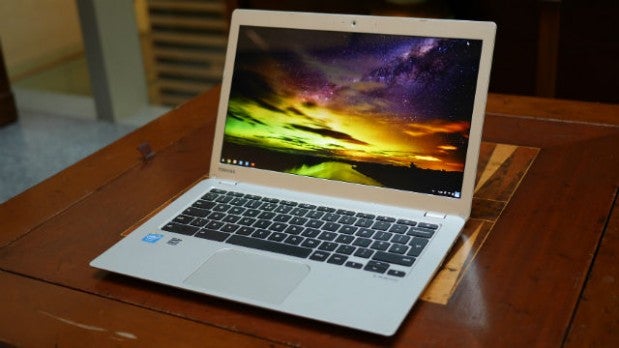Google’s vision of the future is one without spacebars

Google might be looking to kill off the trusty spacebar, at least according to a new patent granted to the company.
The search-engine giant has developed a way to retain the spacebar’s functionality without having a conventional, dedicated button bar.
Instead, Google wants to build the bar into a trackpad, meaning it will be effectively invisible.
It’s a simple concept; your laptop’s trackpad will extend upwards onto the keyboard, stopping just above where the spacebar would usually sit.
Spring mechanisms would then be placed underneath the top of the trackpad to make it pressable. This would allow the upper portion of the pad to work as a spacebar.

Google’s not sure whether it wants to actually section off part of the trackpad, or just keep it flush. “
The company also suggested switching the tech around. In this case, the spacebar would remain, and become touch sensitive. This means the spacebar would act as the touchpad, freeing up space on the notebook.
Related: Toshiba Chromebook 2 review
Laptops are becoming increasingly thin and light – the new MacBook is living proof of that – so Google is likely looking to save space on future devices.
The company isn’t hugely invested in hardware, but its Chromebook platform is now very popular. Bringing down form factor on the Chromebooks might help the Google-powered devices compete better against Apple in the laptop space.
Would you be happy to wed your spacebar and trackpad in holy matrimony? Let us know in the comments…


